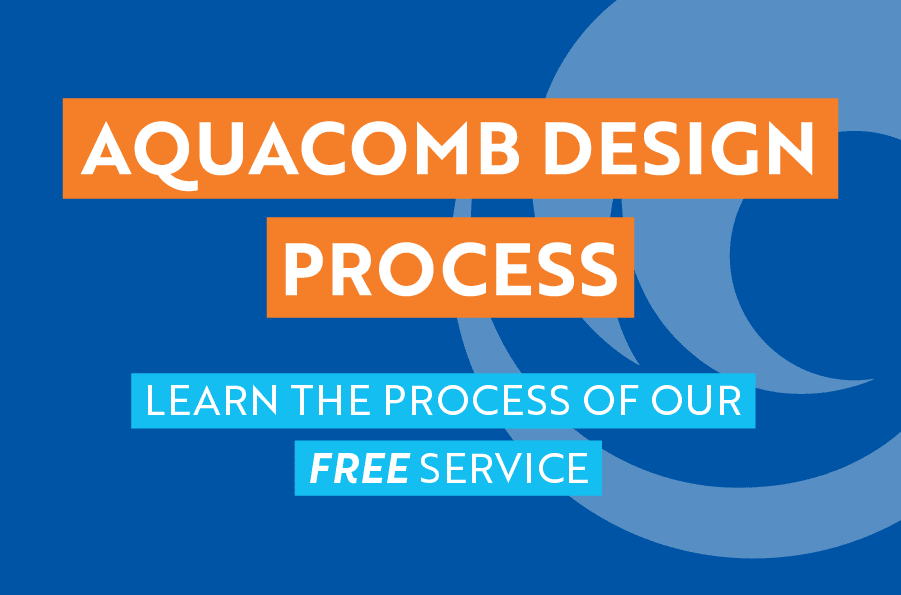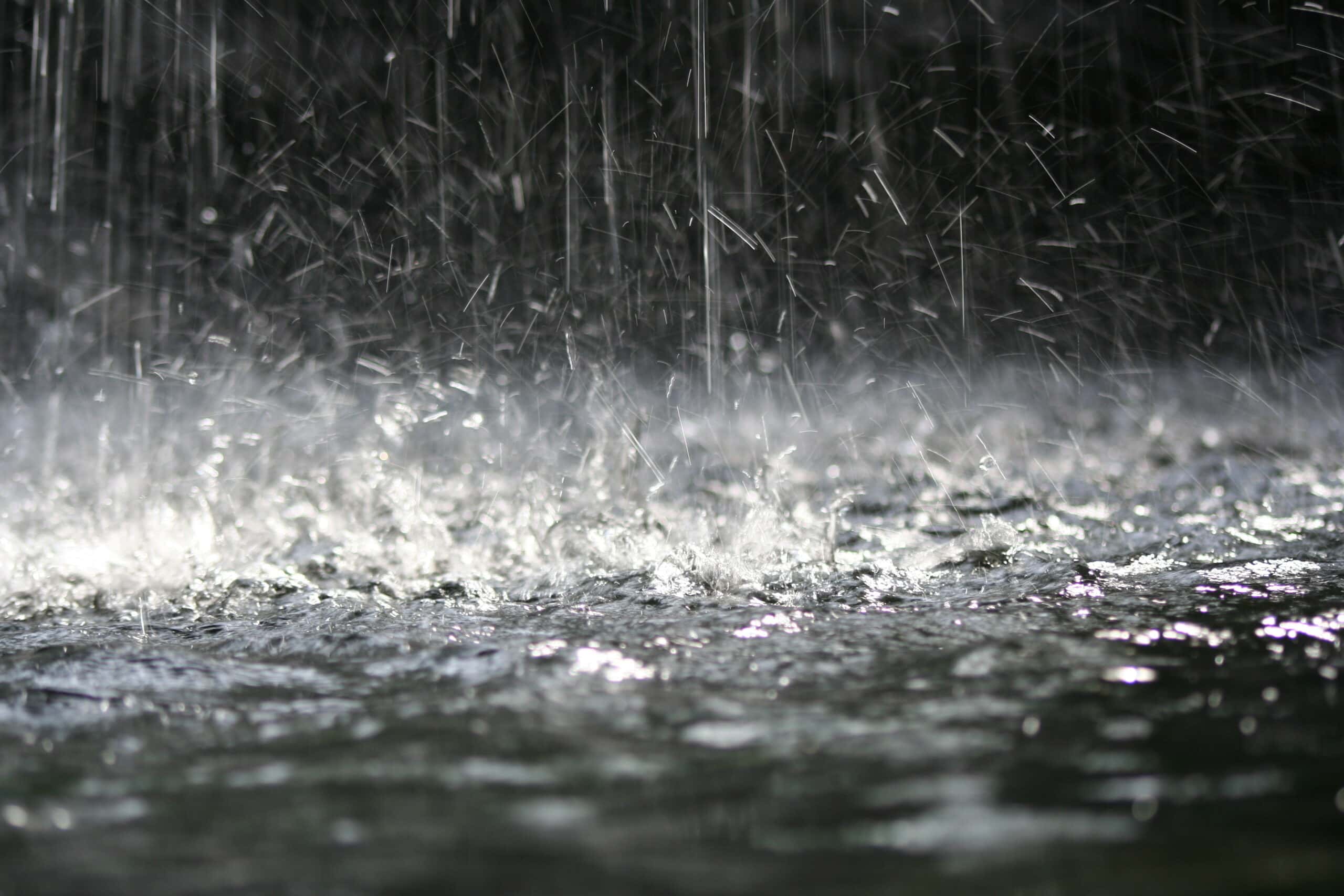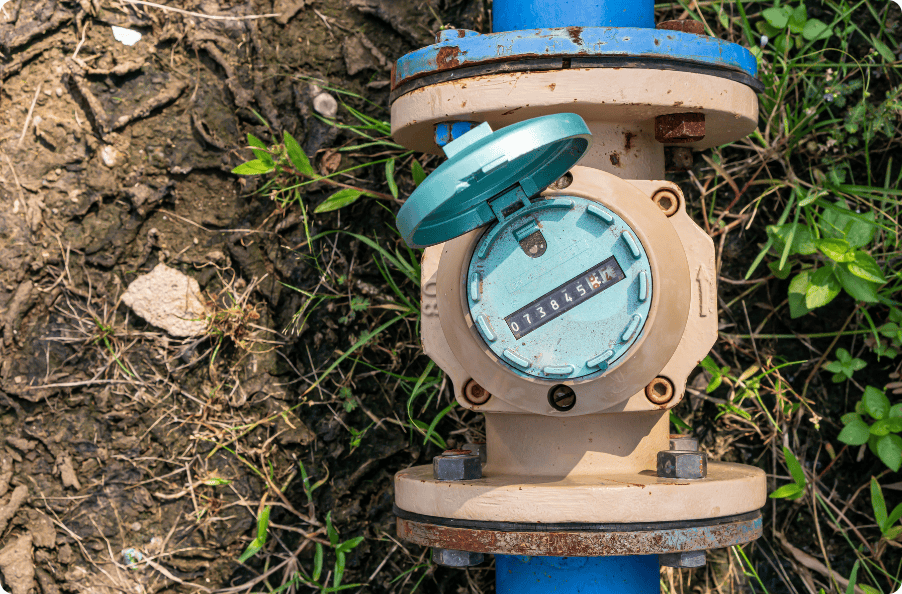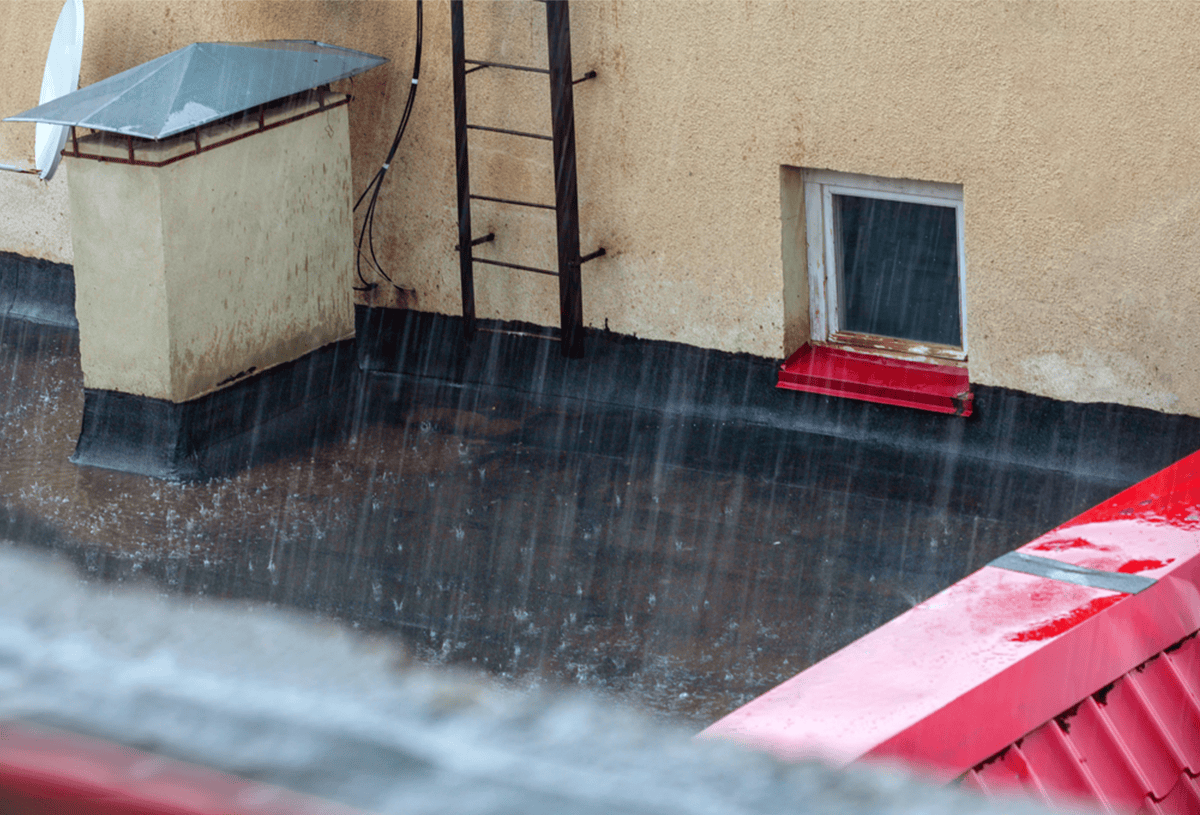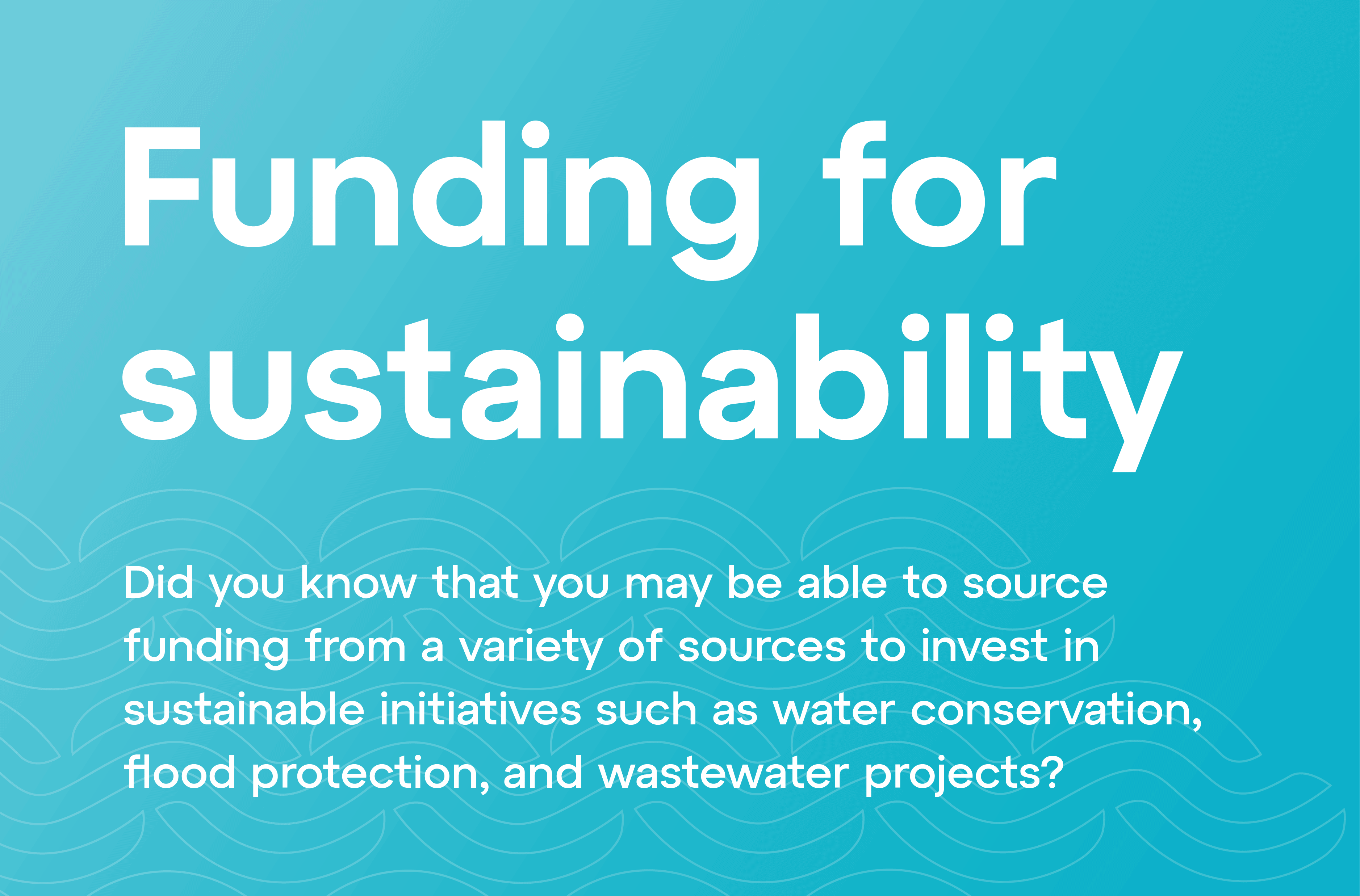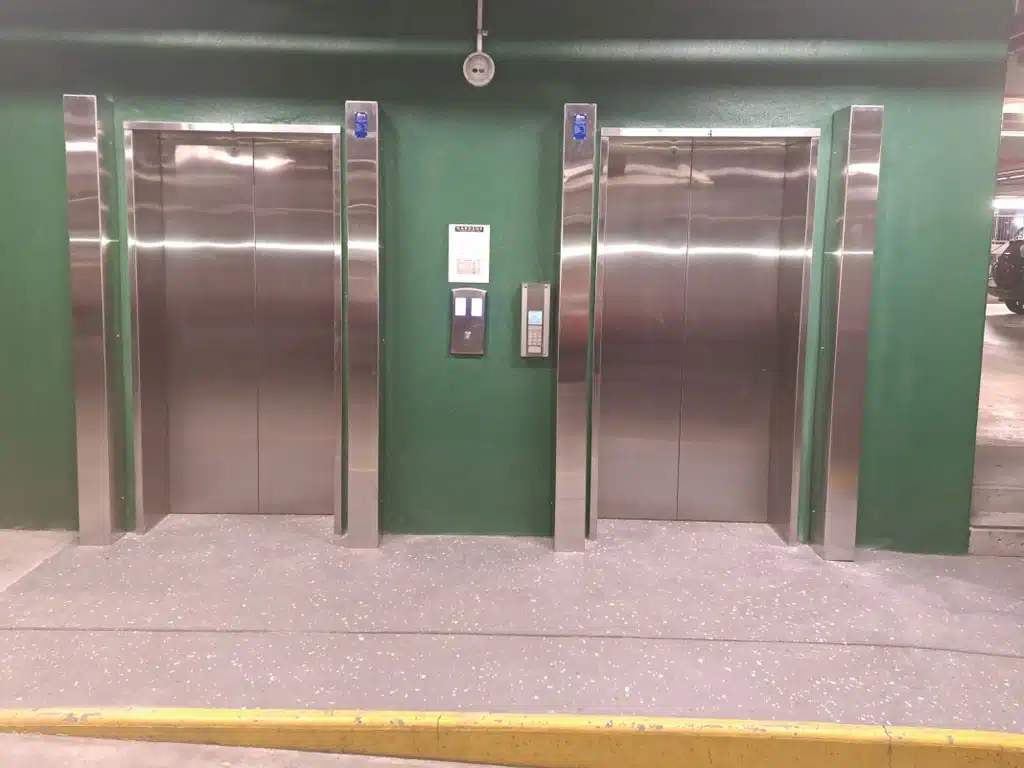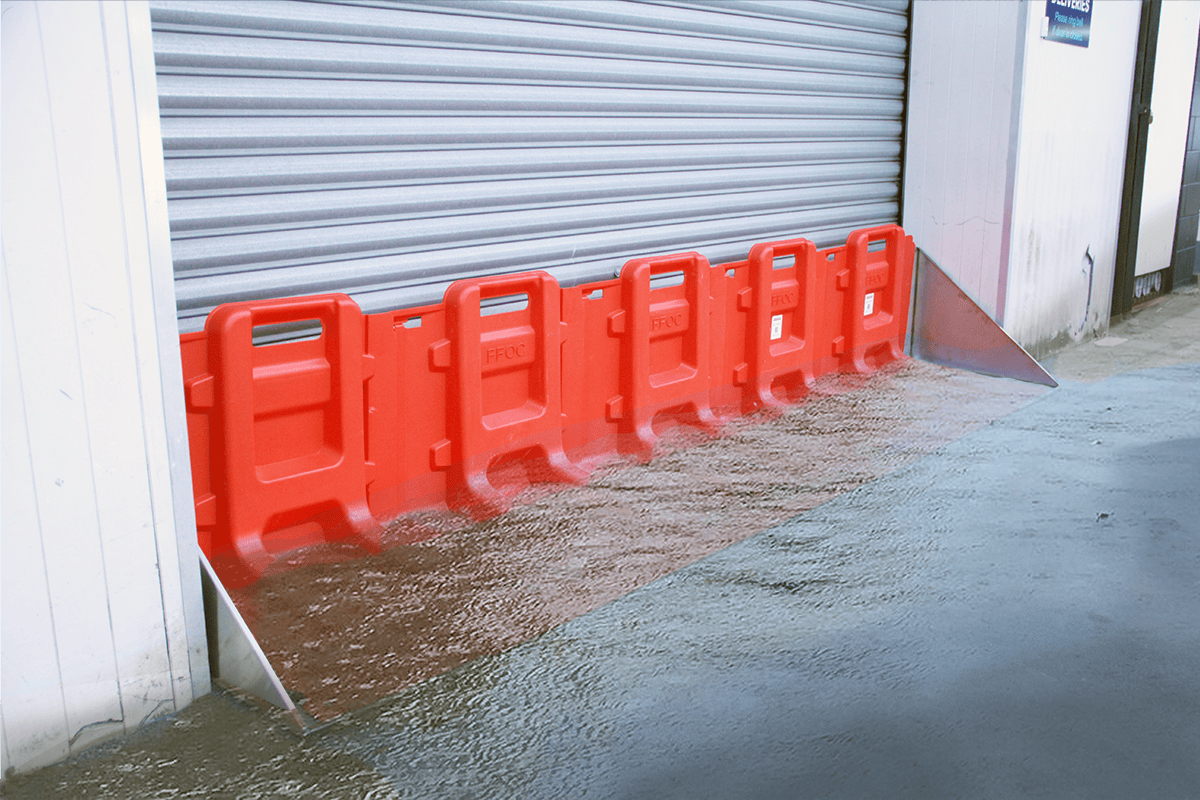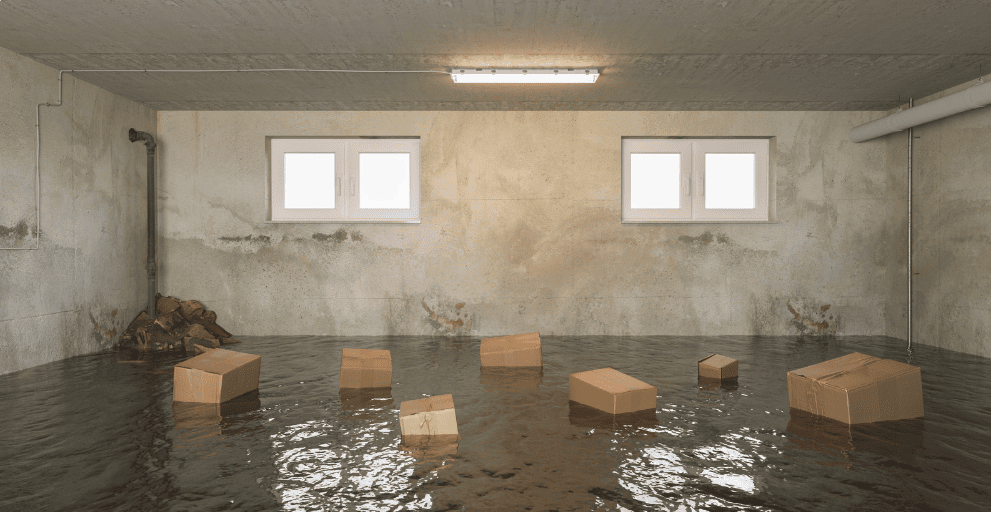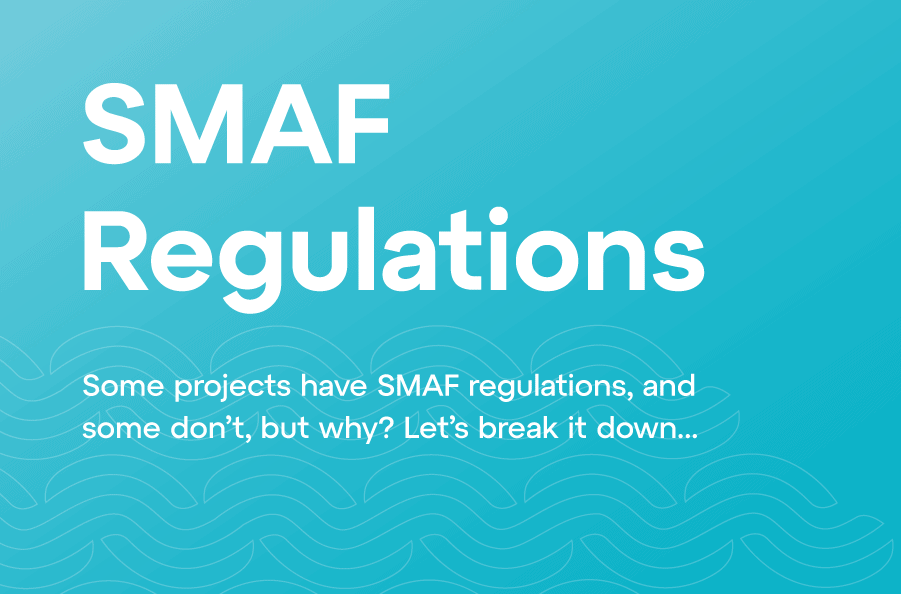For any new home or building using the Aquacomb water tank system, there is a well-defined process that our team goes through to ensure the system works perfectly in each home.
Site Requirements
We start with the requirements of the water tank;
- How large is the roof area?
- How much water will be coming off the roof in a storm?
- How many Aquacomb pods do we need to meet that volume?
Once we know how large the system needs to be, we need to plan where it can go. Taking the site plans and elevations we determine the best placement for the tanks, while also taking client preference into account.
Aquacomb Pods (water tanks) in the Foundation Slab
When the tanks are to be installed in the concrete slab, they replace an equivalent number of the polystyrene blocks. As the Aquacomb pods also measure 1100mm x 1100mm, they are interchangeable with polystyrene blocks.
Slabs typically have both 100mm steel reinforced concrete ribs running between the pods, and also strong thickened beams that run underneath load-bearing walls. Large concrete pads and deep piles can also be included, and heavy steel cages can be used when load bridging is required, all of which we need to carefully avoid when placing the tanks.
Slab Penetrations
The next step is to overlay the architect’s floor plan and highlight any waste pipe penetrations that will need to be avoided. Toilets, laundry tubs, and kitchen island sinks are often included, but floor wastes are often left off some plans, so extra care is needed with these.
AquaPit
The Aquapit, also referred to as ‘silt trap’ or ‘cesspit’ collects debris and sediment and prevents it from entering the Aquacomb system. We need to locate the best place for the AquaPit to be installed on the outside of the house. This is one part of the system with which the homeowner interacts, so we need it to be accessible, whilst preventing obstructions with other usable areas of the property. It must be kept away from doors, tall windows, vehicle paths, and gas bottles.
Aquacomb Pod Layout
Now we know exactly where each tank is going, we mark out all the joining connections to link the tanks together. We need to keep the total number of connections to a minimum, while also ensuring that the water can travel through the system unimpeded. When large volumes of water are expected, two 90mm pipes carrying 8 liters of water per second between them may not be enough, so additional connection pipes can be added.
Have questions? Our friendly team is here to help, contact them now!lab

